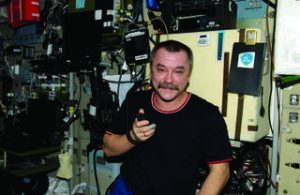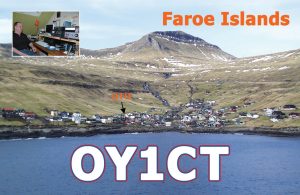What countries can Wythall Radio Club members contact on the 80, 40 and 20 meter bands during July?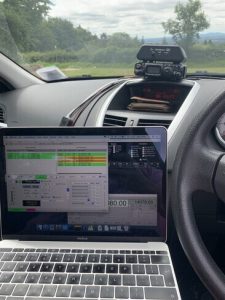
That was the challenge for Club members, who could use digital, voice and Morse Code to make contacts around the world.
Overall, club members worked 116 countries – including Alaska, China, Hawaii, Kenya and St. Helena island. To see all the countries worked,
click HERE
Impressive results were achieved by Allen 2E0VVG who worked 101 unique countries (each country counting only once across the three bands) and Chris G0EYO with 192 countries overall (the total of the countries worked on each of the bands).
Allen decided to give his FT8 signals a little more elevation, so packed up his little
all-band, all-mode FT817 rig and operated from his car on a hill-top (photo above). Perhaps this gave him the edge in being the first to contact 100 unique countries!
He also spent “a lot of time on Google maps looking for places that I’d never heard of. Mayotte is a French island just north of Madagascar apparently!”
Mark M1AEC also managed contacts in the Indian Ocean: “had a nice contact in to The Re’union Islands off Mauritius on 40m yesterday…. callsign FR4OM”.
Carsten OY1CT gave some members a contact with the Faroe Islands, located between Shetland and Iceland.
Some burnt the midnight oil in the hunt for rare countries! “Inspired by the midnight/early morning efforts of Chris G0EYO and Kevin 2E0NCO, thought I’d explore the 40m band at 4.00 a.m. on Saturday” commented John M6KET. “Surely there would be a VK/ZL waiting for that elusive M6 QSO? ZL there was – but not audible here!”
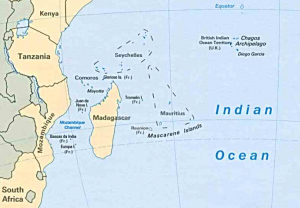
However Chris’ occasional midnight operations were more productive than John’s: “Some good ones caught at those times. eg US Virgin Island on 40m at 00:59Z. UAE at 01:33Z on 40m. Uruguay and Dominican Republic at 01:03Z on 40m etc.”
Chris G0EYO observed that there are “some interesting differences between us FT8ers (digital mode operators) as we each seem to get countries that others cannot connect to or in my case even see. It’s all to do with timing, as I guess we have pretty much the same equipment set up.”
Here you can see how the total number of countries worked by each member across the 3 bands developed over the month!
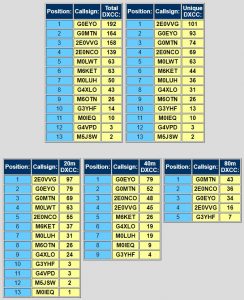
The Challenge is part of a series, with a different group of amateur radio bands or modes being the focus of activity each month. Previous months have covered 15,12,10 and 6 meters, and all bands Morse Code only.
The Challenge for August is to work as many different countries as possible on the 30 meter band (using Morse Code and FT8 digital mode) and the 17 and 12 meter bands using these modes and voice (SSB).
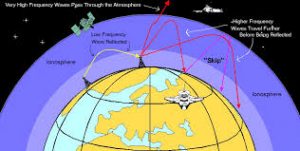 STOP PRESS – THE INTERMEDIATE COURSE IS NOW FULL. FOUNDATION COURSE STILL AVAILABLE.
STOP PRESS – THE INTERMEDIATE COURSE IS NOW FULL. FOUNDATION COURSE STILL AVAILABLE.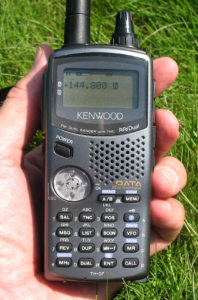 There is no charge for doing these courses and we do provide individual tuition via quizzes etc. Please note that there are specific IT requirements which have to be met for the online examinations.
There is no charge for doing these courses and we do provide individual tuition via quizzes etc. Please note that there are specific IT requirements which have to be met for the online examinations.

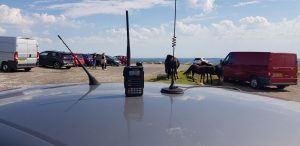 The fine weather has encouraged Wythall Radio Club members to operate portable.
The fine weather has encouraged Wythall Radio Club members to operate portable. The trip gave me an idea for next year though, as I spotted some places for a portable HF antenna, so I’m thinking about QRP portable for next year. All I need is an FT817 and I’ll be away!”
The trip gave me an idea for next year though, as I spotted some places for a portable HF antenna, so I’m thinking about QRP portable for next year. All I need is an FT817 and I’ll be away!”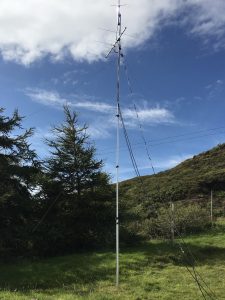
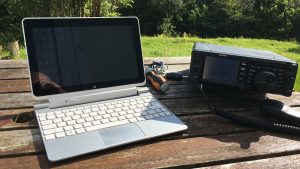 On Skye outdoor radio ops (photo left) were severely affected by QRM from the midges, but Tony had a few contacts on HF. Also a couple of qsos with locals on VHF (photo right).
On Skye outdoor radio ops (photo left) were severely affected by QRM from the midges, but Tony had a few contacts on HF. Also a couple of qsos with locals on VHF (photo right). 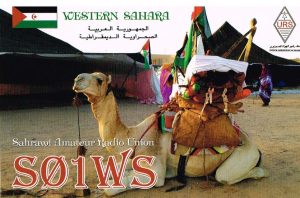
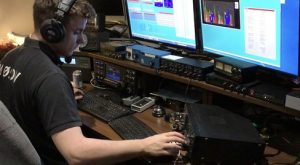 Our courses are done through a Virtual Learning Experience called Edmodo and comprise a number of video lessons (via YouTube) plus lesson notes and lesson quizzes and other supporting information.
Our courses are done through a Virtual Learning Experience called Edmodo and comprise a number of video lessons (via YouTube) plus lesson notes and lesson quizzes and other supporting information.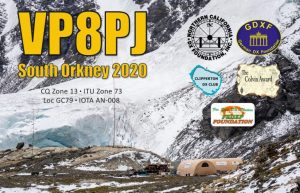 You also do not have to be a member of
You also do not have to be a member of 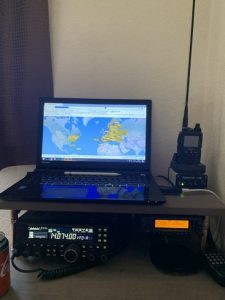 student do join us.
student do join us.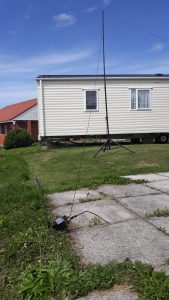 A variety of antennas are being used for this month’s Wythall Radio Club DX Challenge on the WARC bands, any modes.
A variety of antennas are being used for this month’s Wythall Radio Club DX Challenge on the WARC bands, any modes.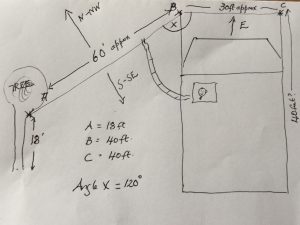 Meanwhile John 2E0XET used his trusty 90 feet-long dog-leg doublet to great effect, working ZD7GB on 18078 CW with 12 watts. Nice!!
Meanwhile John 2E0XET used his trusty 90 feet-long dog-leg doublet to great effect, working ZD7GB on 18078 CW with 12 watts. Nice!!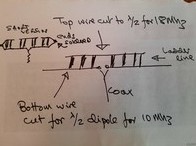
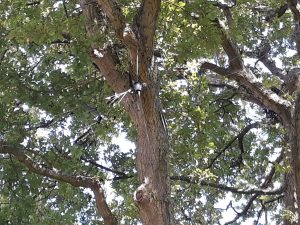 And at G0MTN, Lee is using a fan dipole for 10, 18 and 24 Mhz and 50Mhz – carefully disguised in a tree! This has proved very successful in increasing Lee’s DXCC count.
And at G0MTN, Lee is using a fan dipole for 10, 18 and 24 Mhz and 50Mhz – carefully disguised in a tree! This has proved very successful in increasing Lee’s DXCC count.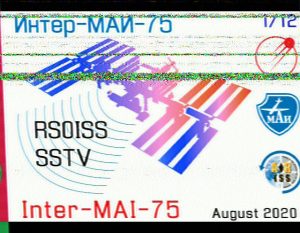
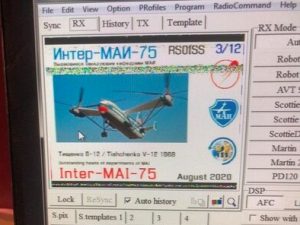 G0EYO used an FT847 transceiver linked to his computer via a Signalink sound card and a collinear antenna, while G3YHF used a small FT7900 mobile transceiver again with a Signalink and collinear.
G0EYO used an FT847 transceiver linked to his computer via a Signalink sound card and a collinear antenna, while G3YHF used a small FT7900 mobile transceiver again with a Signalink and collinear. 